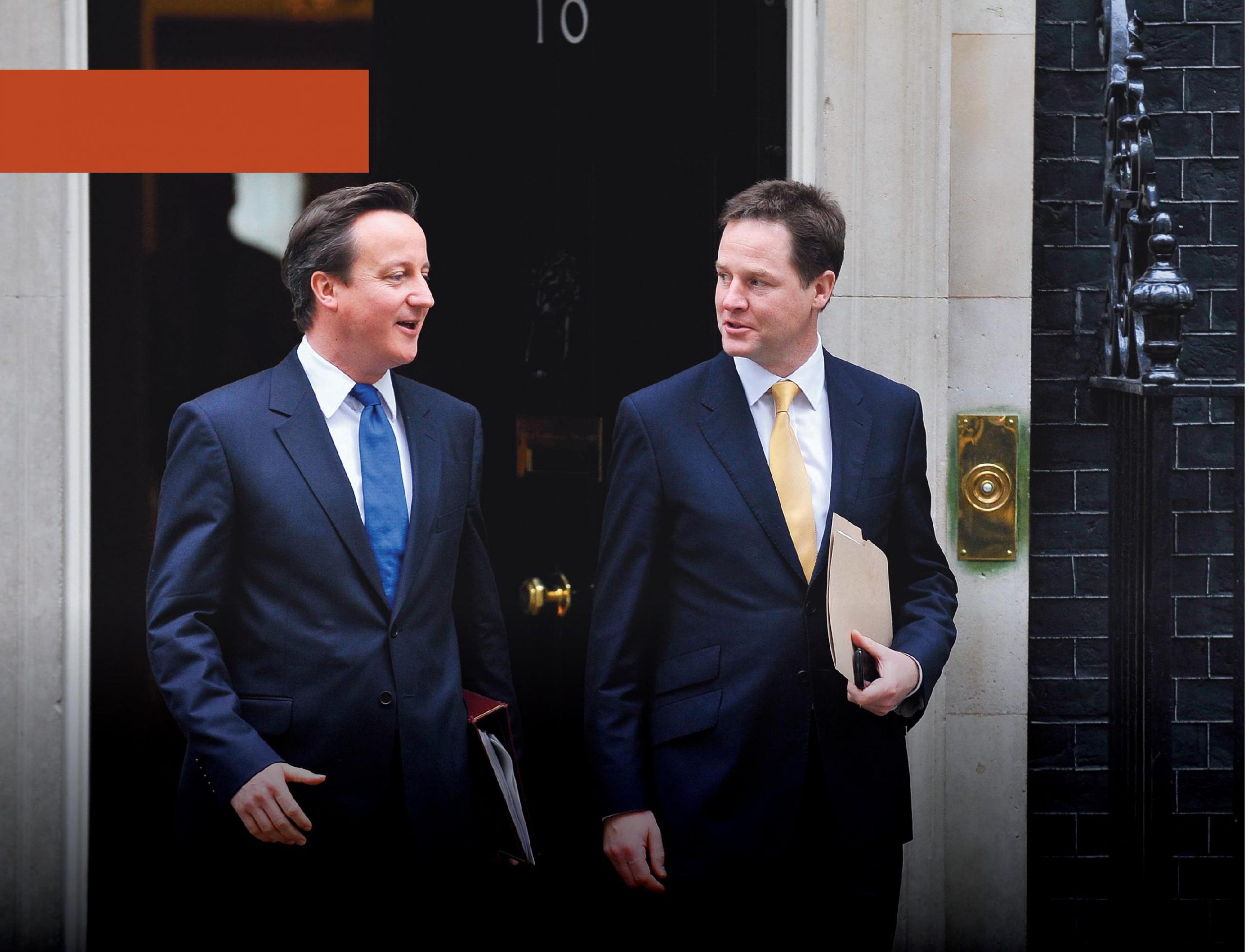
At the 2010 general election the Liberal Democrats secured 57 House of Commons seats, compared to 306 for the Conservatives, and 258 for Labour. Since no one party had secured an overall majority, there followed a set of parallel negotiations between the three parties. These eventually produced a coalition agreement between the Tories and the Lib Dems and a government whose 363 MPs gave it a comfortable majority over all the other parties in Parliament.
Reconciling their manifestos could have taken quite some time, particularly because many believed — perhaps mistakenly — that the Lib Dems, who had built a reputation for standing up for public services and for particular groups like students, stood some way to the left of their prospective partners. Yet it took just 5 days for the parties to agree a joint programme — much less time than in most European countries, where negotiations take weeks rather than days.
Your organisation does not have access to this article.
Sign up today to give your students the edge they need to achieve their best grades with subject expertise
Subscribe




